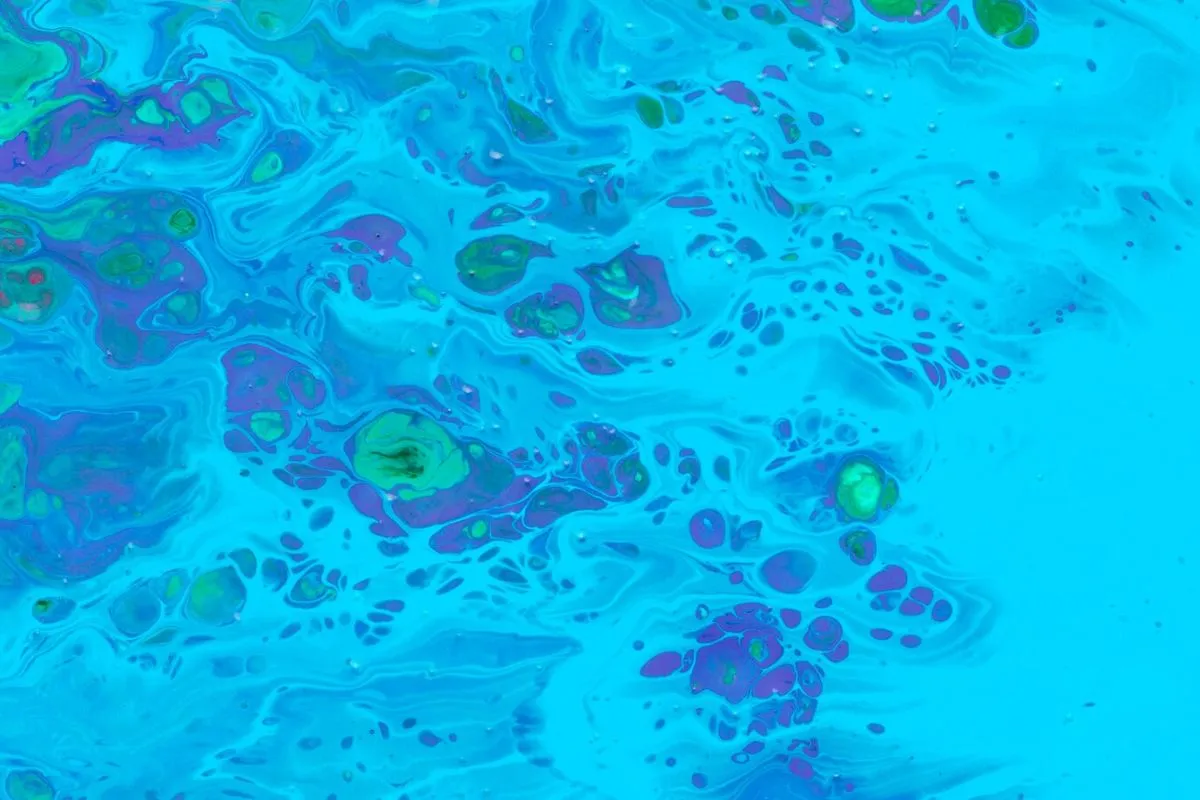Mathematics in the Study of Coral Growth Patterns plays a crucial role in understanding the complexities of coral ecosystems. Coral reefs are vital to marine biodiversity.
Mathematical models help in predicting the changes in coral growth patterns due to environmental factors.
This article explores how math aids in deciphering coral growth patterns. We will delve into mathematical methods used. By the end, you will see the intertwining of math and nature.
Understanding Coral Growth
Coral reefs are among the most diverse ecosystems. They host a myriad of marine species. Understanding their growth patterns is essential for conservation.
Coral growth patterns are influenced by various factors. These include temperature, light, and nutrient availability. Mathematical models help decode these complex relationships.
Mathematics provides tools to analyze and predict. These tools assist in the sustainability of coral reefs. It is crucial for devising conservation strategies.
The Significance of Patterns
Coral growth patterns can indicate environmental changes. They serve as natural indicators. Observing these patterns helps in early detection of stress factors.
The intricate patterns of coral growth reveal much about their environment. It’s like reading a history encoded in limestone. Mathematical analysis makes this history legible.
Using math, scientists can track changes over time. This helps in understanding the past and predicting future trends. It is a vital component in marine studies.
Mathematical Models in Coral Studies
Mathematics in the Study of Coral Growth Patterns utilizes various models. These models simulate growth under different conditions. They are essential for accurate predictions.
One common model is the logistic growth model. It estimates the carrying capacity of an environment. For corals, this means understanding the limits of growth given the current conditions.
Another model is the fractal dimension model. Coral structures are fractal in nature. This model helps in quantifying the complexity of these patterns.
A Case Study of Mathematical Application
Let’s explore a case study involving the Great Barrier Reef. Scientists used mathematical models to predict bleaching events. These predictions were based on temperature data.
The models accurately forecasted areas of severe bleaching. This allowed for timely intervention. Without math, such precision would be challenging.
Another example is the use of AI in coral studies. Machine learning algorithms, rooted in mathematics, analyze vast datasets. These analyses provide insights into coral health and growth patterns.
Benefits of Mathematical Analysis
Mathematical models offer several benefits in coral studies. They provide a data-driven approach. This leads to more informed decisions.
Models can simulate various scenarios. This helps in understanding the potential impacts of environmental changes. Such simulations are crucial for proactive conservation.
Statistics derived from these models are vital for policymaking. They form the backbone of environmental regulations and conservation programs. Math ensures these policies are based on solid evidence.
Challenges in Mathematical Modeling
While math is powerful, it has limitations. Modeling complex ecosystems is challenging. There are numerous variables and unpredictable factors.
Data collection is another major challenge. Accurate data is crucial for reliable models. In marine environments, data collection is both expensive and difficult.
Despite these challenges, advancements in technology are aiding in better data collection. Remote sensing and AI are revolutionizing this field.
Future Prospects
Mathematics in the Study of Coral Growth Patterns is continuously evolving. Future advancements in computing power will enhance model precision. AI integration will further refine these models.
Collaborative efforts are necessary for future success. Multidisciplinary approaches will blend math, biology, and technology. Such synergies will improve conservation strategies.
The role of mathematics in coral studies will only grow. As we refine our models, our ability to conserve these vital ecosystems will improve. The future looks promising with technology-driven conservation efforts.
The Interdisciplinary Nature
Coral studies exemplify the interdisciplinary nature of modern science. Mathematics, biology, and environmental science collaborate. This convergence yields comprehensive insights.
Mathematicians develop models. Biologists provide empirical data. Environmental scientists contextualize these findings.
Such interdisciplinary studies are crucial for holistic understanding. They ensure that all aspects of coral ecosystems are studied. This leads to more effective conservation efforts.
Educational Implications
Understanding the role of mathematics in the study of coral growth patterns has educational benefits. It highlights the importance of STEM education. Interdisciplinary studies encourage students to think beyond silos.
Educational programs should promote such interdisciplinary approaches. This will prepare future scientists for real-world challenges.
Engaging students in coral studies can inspire environmental stewardship. It fosters a sense of responsibility towards marine conservation. Educating young minds is a step towards sustainable futures.
Real-World Applications of Mathematical Models
Mathematical models are not confined to academic circles. They have real-world applications. Policymakers and conservationists rely on these models.
Predictive models aid in disaster management. They forecast bleaching events, allowing for rapid response.
These models inform marine protected areas (MPAs). They help designate regions that require urgent conservation.
Community Involvement
Community involvement is pivotal for successful conservation. Local communities can aid in data collection. Citizen science projects leverage the power of the public.
Educational outreach helps communities understand coral ecosystems. It builds a culture of conservation.
Informed communities are proactive stakeholders in conservation efforts. These grassroots movements are vital for sustainability.
Ensuring Coral Ecosystem Sustainability
Ensuring coral ecosystem sustainability requires holistic approaches. Mathematical models are one piece of the puzzle. Combined with technology and community involvement, they hold great potential.
Continuous research is necessary. The changing climate poses new challenges. Adaptive models will be crucial in this context.
The role of mathematics in the study of coral growth patterns cannot be overstated. It is an essential tool in our conservation arsenal. The future of coral reefs hinges on these interdisciplinary efforts.
Paving the Way Forward
In summary, mathematics in the study of coral growth patterns is invaluable. It offers a foundational framework for understanding and conserving coral reefs. The integration of math with natural sciences provides robust tools for predictive analysis.
Investments in technology and education are critical. They will enhance our modeling capabilities and engagement with local communities. The combined efforts of scientists, policymakers, and citizens will ensure the sustainability of coral ecosystems for future generations.
Engaging with coral studies isn’t just for scientists. It’s a communal effort. Everyone can contribute by learning and participating in conservation initiatives. Explore educational resources and get involved in local conservation projects!.
Frequently Asked Questions
What role does mathematics play in coral studies?
Mathematics helps in modeling and predicting coral growth patterns. It aids in understanding complex relationships within coral ecosystems.
How do mathematical models predict coral bleaching?
Models use environmental data, like temperature, to predict bleaching events. These predictions help in timely intervention and protection efforts.
Why is data collection challenging in coral studies?
Marine environments are difficult to access and monitor. Accurate data collection is expensive and requires advanced technology.
What is the future of mathematics in coral conservation?
Future advancements include AI and better computing power. These will enhance model precision and improve conservation strategies.
How can the community contribute to coral conservation?
Community involvement through citizen science projects helps in data collection. Educational outreach fosters a culture of conservation.




